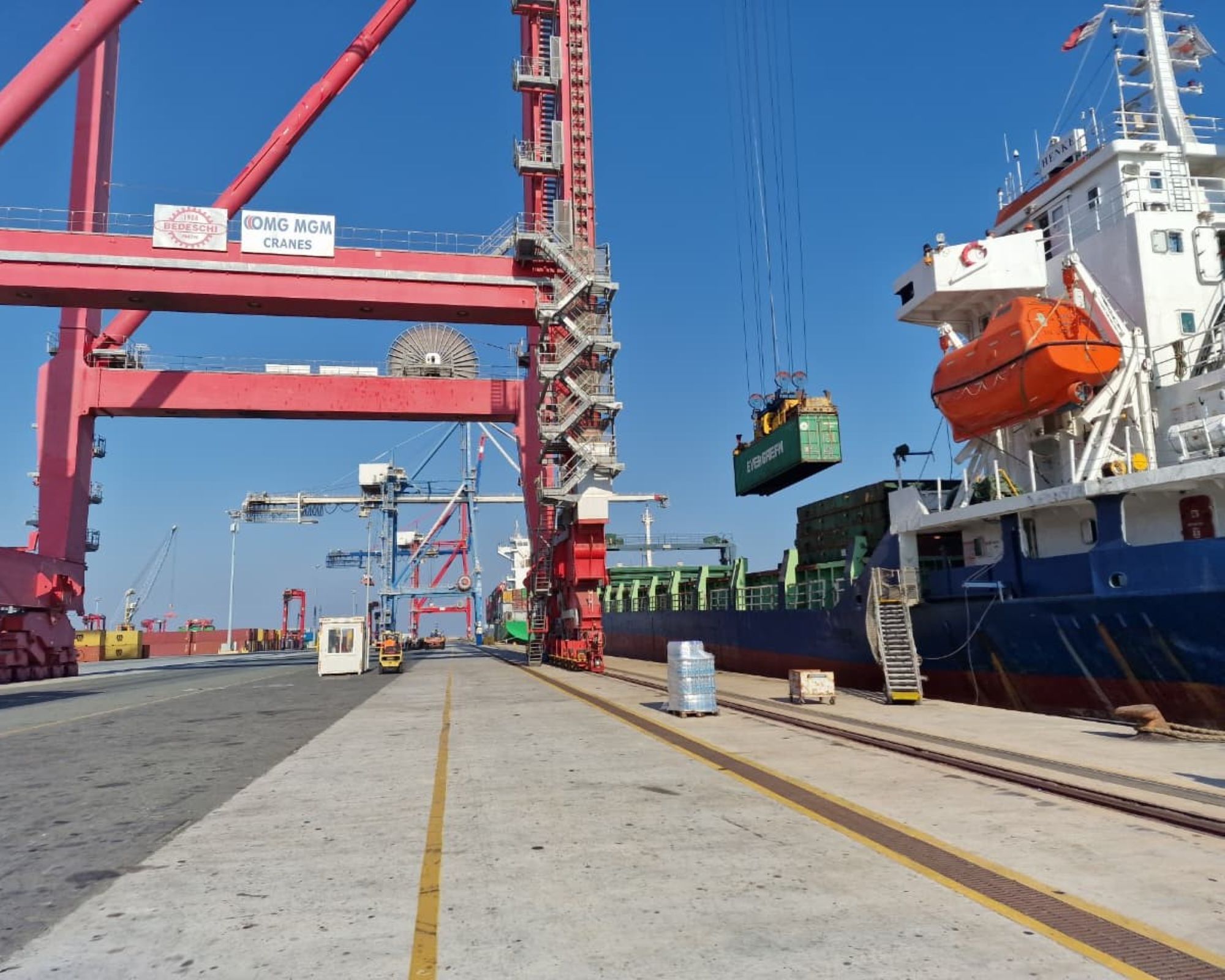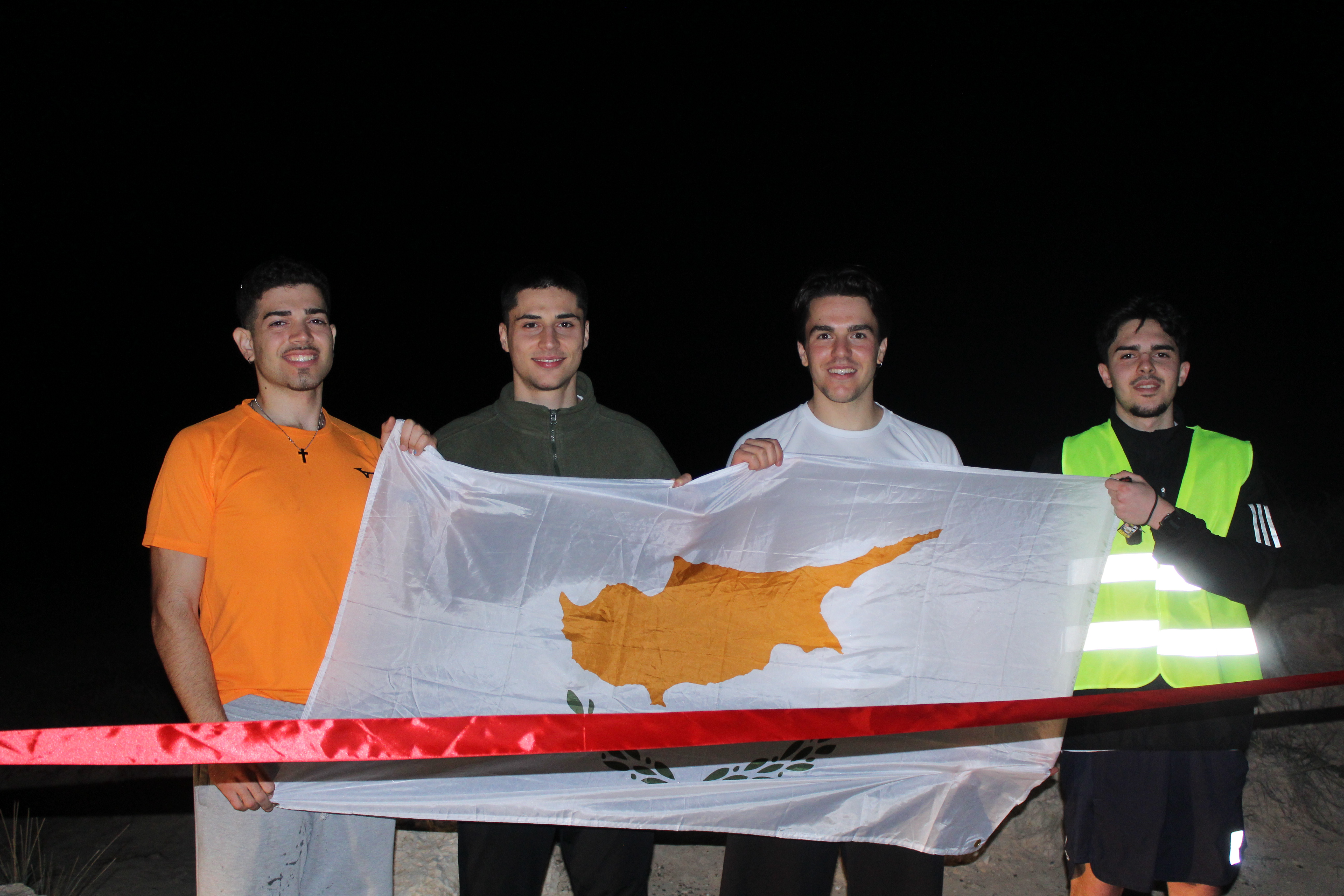A total of 1,200 tonnes of aid which was sent from Cyprus to Gaza last week has been unloaded off the ship at the Israeli port of Ashdod, presidential press office director Victor Papadopoulos said on Wednesday.
Speaking to the Cyprus Mail, he confirmed that the aid has been unloaded from the ship, with the ship itself, a Panamanian-flagged vessel named Henke, now stationary off the coast of Ashdod.
The aid is expected to travel overland and into northern Gaza through the Erez crossing point.
Papadopoulos also told the Cyprus Mail that the government is now “undertaking efforts” to bring about another shipment of aid to Gaza.
The ship had initially been expected to dock and unload its cargo last Wednesday, before that estimate was later revised to Sunday or Monday, with Cypriot government officials explaining at the end of last week that the port’s workers do not work on Fridays or Saturdays.
At the time, Papadopoulos had told the Cyprus Mail that there was “no evidence of any artificial holdup in the transfer of aid”, while foreign ministry spokesman Theodoros Gotsis had said there was “no problem” regarding the transfer of aid.
Last week, Papadopoulos had told CyBC radio that the government was “monitoring the situation” and that it was “aware of the difficulties” regarding the transfer of aid to Gaza.
“We collected the material from various donors, and we contributed, we created the mechanisms, we sent the mission. The facts on the ground, as they develop both inside Gaza and outside of Gaza, as you know, are generally changeable. The issue of security is a complex one, and the safety of the people who are delivering the aid comes first,” he said.
In Gaza itself, the situation continues to deteriorate, with an Israeli military strike on a hospital having killed at least 20 people, including journalists who worked for Reuters, the Associated Press, and Al Jazeera, among other outlets.
The United Nations has demanded that Israel’s investigations into that and similar incidents yield results, with human rights spokesman Thameen Al-Keetan describing the strike as “a shock” and “unacceptable”.
The arrival of the ship constitutes a success for the “Amalthea plan”, the name given to Cyprus’ humanitarian aid corridor to Gaza, though the project itself has had a turbulent history.
Sigrid Kaag, then UN senior humanitarian and reconstruction coordinator for Gaza, and now the UN’s special coordinator for the Middle East peace process, said last year that the Amalthea project could “never be a substitute” for aid deliveries made by land.
Previously, aid had also arrived in Gaza from Cyprus via a temporary jetty attached to the coast of Gaza, which was built and financed by the United States government of the day, though this also faced sundry problems.
The jetty was installed in May last year, but was only operable for 12 days before being permanently removed two months later.
It had broken apart during high winds, with four US army vessels which were holding it in place being washed up on a beach near Ashkelon, an Israeli town located between the Ashdod and Gaza.
It was taken to Ashdod for repairs before being reattached in early June, but was then removed on two further occasions as officials feared that conditions would lead to it breaking apart again.







Click here to change your cookie preferences